More stringent emissions targets for the agriculture sector have been approved by the European Parliament.
The targets to reduce emissions are aimed at the agricultural sector as well as transport and construction. They will require emissions to fall by 30% by 2030, compared with 2005 levels, Mairéad McGuinness, MEP and vice-president of the European Parliament, said on Tuesday.
McGuinness said: “We are moving in the right direction to meet EU commitments under the historic Paris climate change agreement and all sectors must do their part to reduce their climate impact.
Carbon sequestration
“Agriculture can offset emissions through carbon sequestration and Ireland has been given the second highest level of flexibility in the EU to use forestry, wetlands and other land change to offset emissions as part of the so-called LULUCF [Land Use, Land Use Change and Forestry] flexibility,” she said.
Significant work is under way to reduce emissions from agriculture, but more will be needed, according to the Midlands-Northwest MEP.
“Agriculture accounts for a large part, in fact, over 30% of Ireland’s greenhouse emissions. But there is room for improvement in the transport sector, by more focus on electric vehicles – public and private – and in the construction sector an emphasis is needed on energy efficiency and retro-fitting of buildings,” McGuinness added.
Balance
Seán Kelly, MEP for Ireland South also welcomed what he considers to be a “pragmatic approach” to the setting of 2030 climate targets following the approval of the text by parliament on Tuesday.
Kelly said: “While it was a long and difficult road, I am pleased that the final agreement that we have approved finds the right balance between having a high level of ambition to reducing greenhouse gas emissions, but also allows the required flexibility to ensure we don’t put unfair requirements on our farmers.”
Rigid farm schemes not always effective – McGuinness
Watch and listen: MEPs cut climate flexibility for Irish farmers




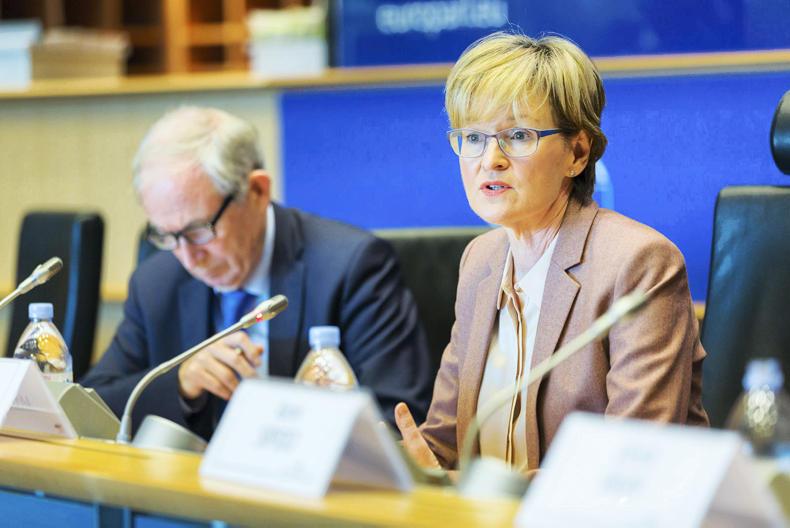
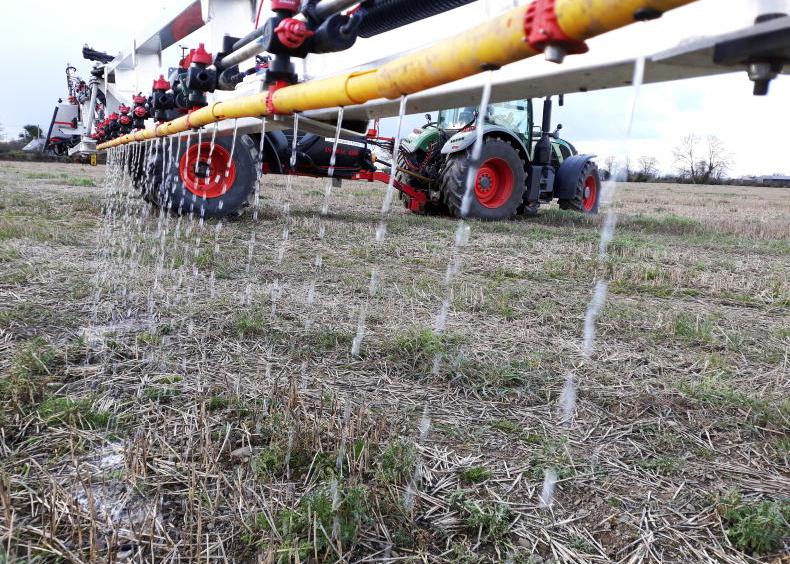
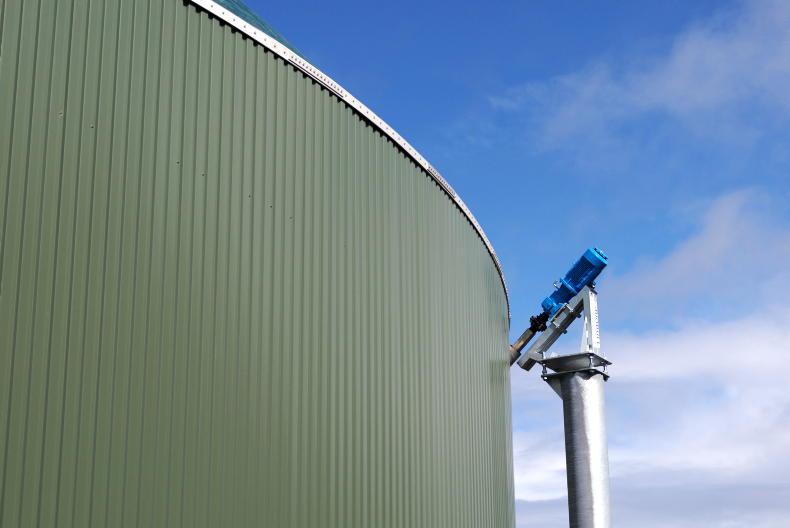
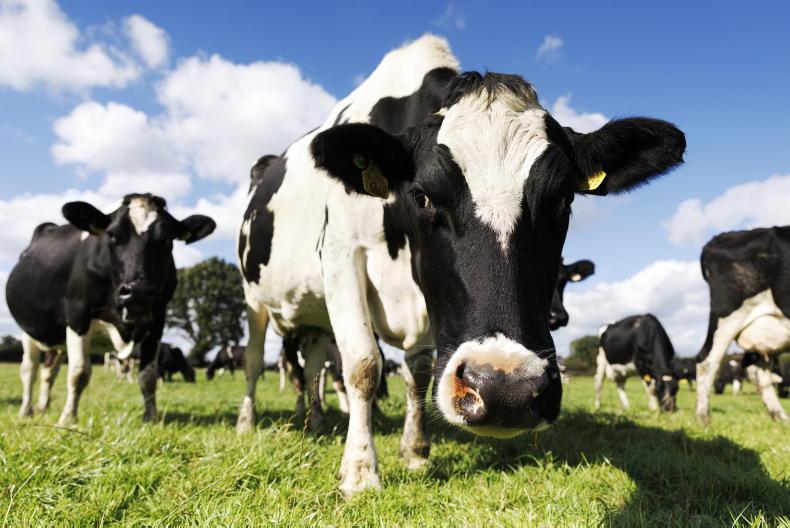
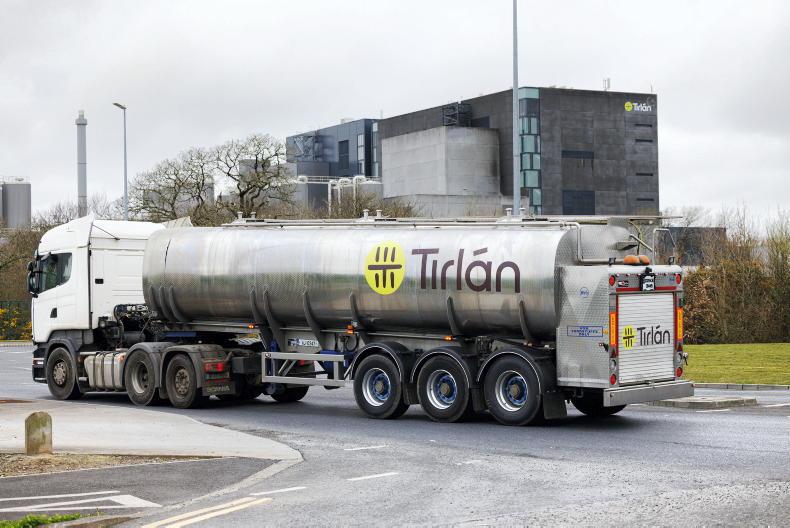
SHARING OPTIONS